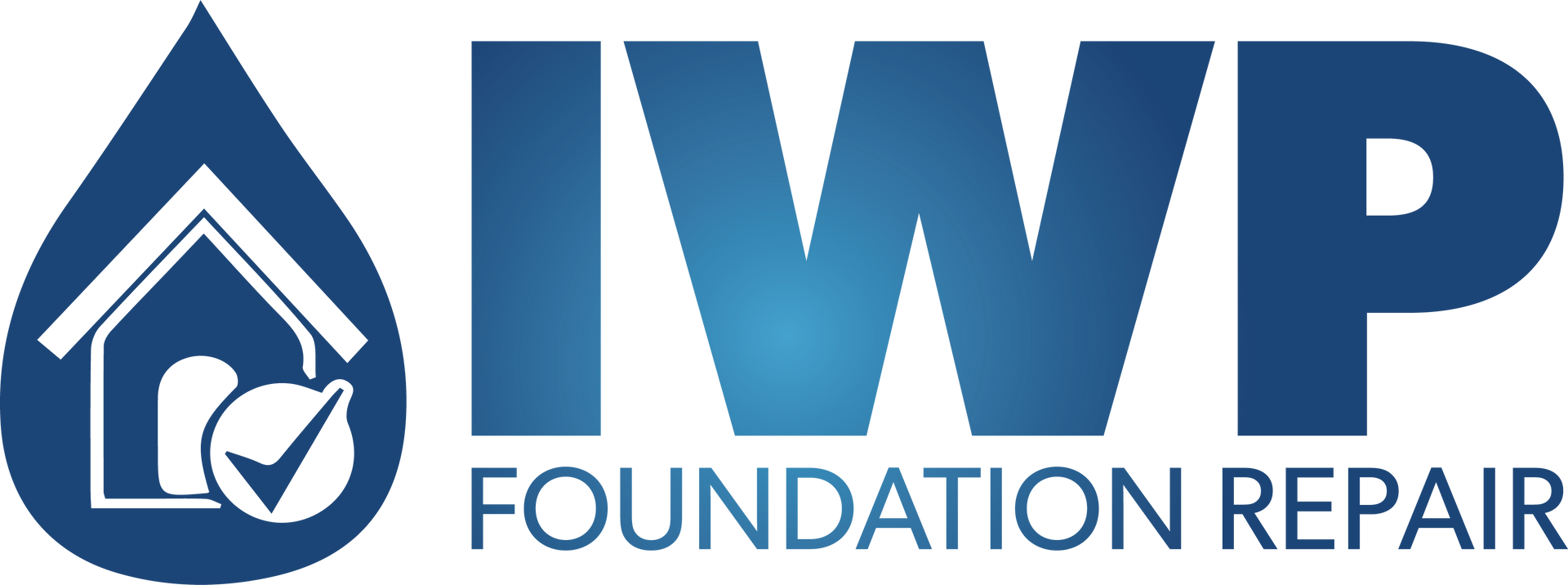Foundation Repair and Environmental Impact: Incorporating Sustainable Practices
Foundation Repair and Environmental Impact: Incorporating Sustainable Practices
Foundation repair is a critical aspect of maintaining the structural integrity of buildings. However, like many construction and maintenance activities, it can have significant environmental impacts. As awareness of environmental sustainability grows, it becomes increasingly important to consider how foundation repair practices can be adapted to minimize their ecological footprint. This article explores the environmental impacts of foundation repair and provides strategies for incorporating sustainable practices into these essential projects.
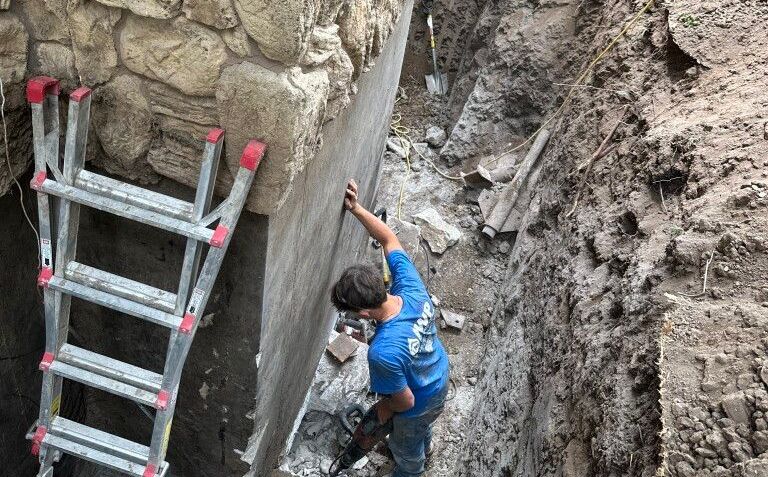
Understanding the Environmental Impact of Foundation Repair
Foundation repair can impact the environment in various ways, including:
- Resource Consumption: Traditional foundation repair methods often involve the use of concrete, steel, and other materials that have significant environmental footprints. The extraction, processing, and transportation of these materials consume large amounts of energy and contribute to greenhouse gas emissions.
- Waste Generation: Demolition and repair activities generate waste, including broken concrete, excess soil, and other construction debris. This waste often ends up in landfills, contributing to environmental degradation.
- Soil Disturbance: Excavation and other foundation repair activities disturb the soil, which can lead to erosion, loss of vegetation, and disruption of local ecosystems. This can also affect water quality by increasing sediment runoff into nearby water bodies.
- Chemical Use: Some foundation repair methods involve the use of chemicals, such as sealants and stabilizers, which can have negative impacts on soil and water quality of not managed properly.
- Energy Use: The machinery and equipment used in foundation repair, such as excavators, pumps, and drilling rigs, consume fossil fuels, contributing to air pollution and greenhouse gas emissions.
Sustainable Practices in Foundation Repair
To mitigate the environmental impacts of foundation repair, it is essential to adopt sustainable practices. Here are several strategies that can help make foundation repair more environmentally friendly:
1. Use of Eco-Friendly Materials
Recycled Materials: Incorporate recycled materials wherever possible. For example, using recycled steel for reinforcement or recycled aggregates in concrete can significantly reduce the environmental footprint of the repair.
Low-Impact Concrete: Opt for low-impact concrete mixtures that use less cement or include supplementary cementitious materials like fly ash or slag, which reduce the overall carbon footprint.
Sustainable Alternatives: Consider using sustainable alternatives to traditional materials, such as geopolymer concrete, which has a lower carbon footprint compared to conventional Portland cement concrete.
2. Waste Management and Recycling
On-Site Recycling: Implement on-site recycling programs to manage construction waste. Materials like concrete, metal, and wood can often be recycled or repurposed rather than sent to landfills.
Proper Disposal: Ensure that any waste that cannot be recycled is disposed of properly to minimize environmental impact. This includes hazardous materials like certain chemical sealants or stabilizers.
Composting Organic Material: If the repair involves significant soil disturbance, consider composting removed vegetation and organic mater instead of disposing of it in landfills.
3. Minimize Soil Disturbance
Targeted Excavation: Use precise excavation techniques to limit soil disturbance to only the necessary areas. This helps preserve surrounding vegetation and reduces the risk of erosion.
Erosion Control: Implement erosion control measures, such as silt fences, erosion control blankets, and proper site grading, to prevent soil loss and protect nearby water bodies from sediment runoff.
Vegetation Restoration: After completing foundation repairs, restore disturbed areas with native vegetation. This helps stabilize the soil, preventing erosion, and support local ecosystems.
4. Energy-Efficient Practices
Efficient Machinery: Use energy-efficient machinery and equipment for excavation and other repair activities. Regular maintenance of machinery also ensures optimal performance and reduced fuel consumption.
Alternative Energy Sources: Where feasible, use alternative energy sources such as solar-powered equipment or biodiesel fuel to reduce reliance on fossil fuels.
Optimize Logistics: Plan logistics efficiently to minimize transportation needs. This includes consolidating material deliveries and reducing the number of trips required for waste removal.
5. Sustainable Chemical Use
Non-Toxic Alternatives: Choose non-toxic or low-toxicity chemicals for sealing and stabilizing foundations. Products labeled as environmentally friendly or green-certified are preferable.
Proper Handling and Storage: Ensure proper handling, storage, and disposal of all chemicals used in the repair process to prevent soil and water contamination.
Biodegradable Options: Opt for biodegradable products where possible, especially for temporary erosion control measures and sealants.
6. Water Management
Rainwater Harvesting: Implement rainwater harvesting systems to manage water runoff during construction and reduce the impact on local water resources.
Permeable Surfaces: Use permeable materials for walkways and other surfaces near the foundation to allow water to infiltrate the soil, reducing runoff and promoting groundwater recharge.
Efficient Drainage Systems: Design and install efficient drainage systems to manage water around the foundation effectively, minimizing the risk of water infiltration and subsequent repair needs.
Incorporating sustainable practices into foundation repair is not only beneficial for the environment but also enhances the longevity and effectiveness of the repair work. By using eco-friendly materials, managing waste responsibly, minimizing soil disturbance, adopting energy-efficient practices, choosing sustainable chemicals, and implementing efficient water management systems, foundation repair projects can significantly reduce their environmental impact. As awareness and demand for sustainable construction practices continue to grow, foundation repair companies have the opportunity to lead the way in promoting environmental stewardship and delivering high-quality, eco-friendly services. This commitment to sustainability not only protects the environment but also ensures the health and safety of the communities they serve.
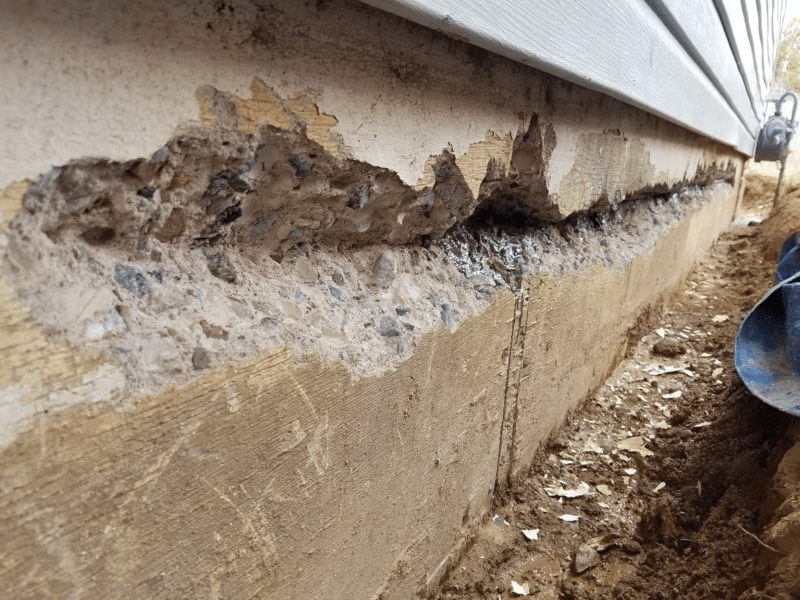
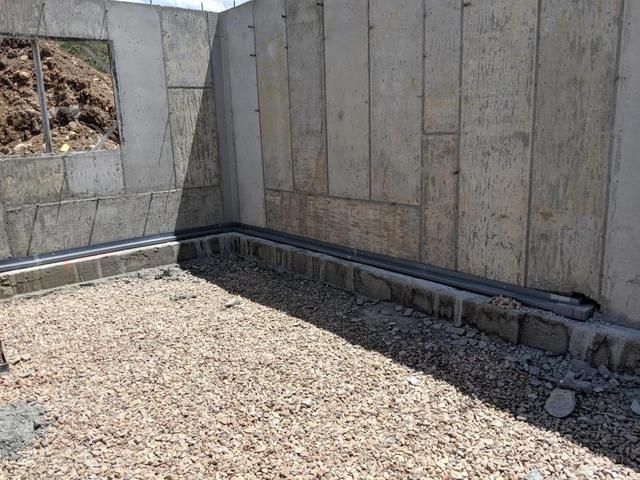


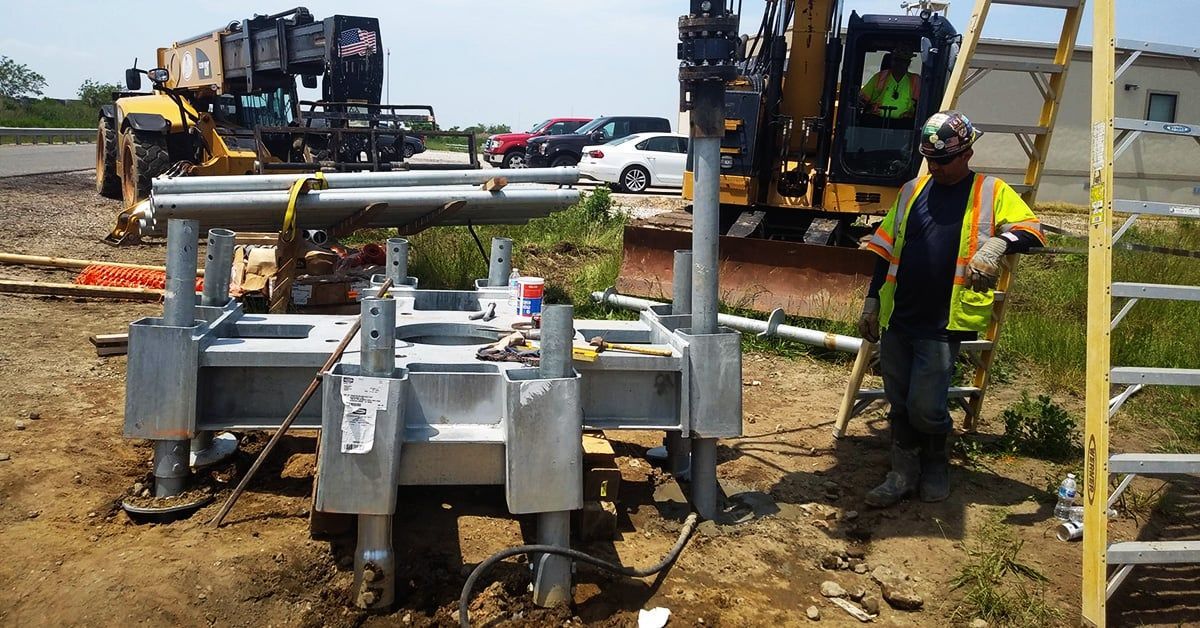





HAVE PEACE OF MIND WITH IWP FOUNDATION REPAIR
With over 30 years of combined experience in the business, you know that you can trust our team to get the job done right the first time. We value the customer experience, which is why we take the time to listen to your concerns, answer all your questions, and explain the best plan of action for your home. If you’ve noticed any foundation issues at all, no matter how minor they seem, you should call a professional. Our expert team is waiting for you, so call today for a free evaluation!
